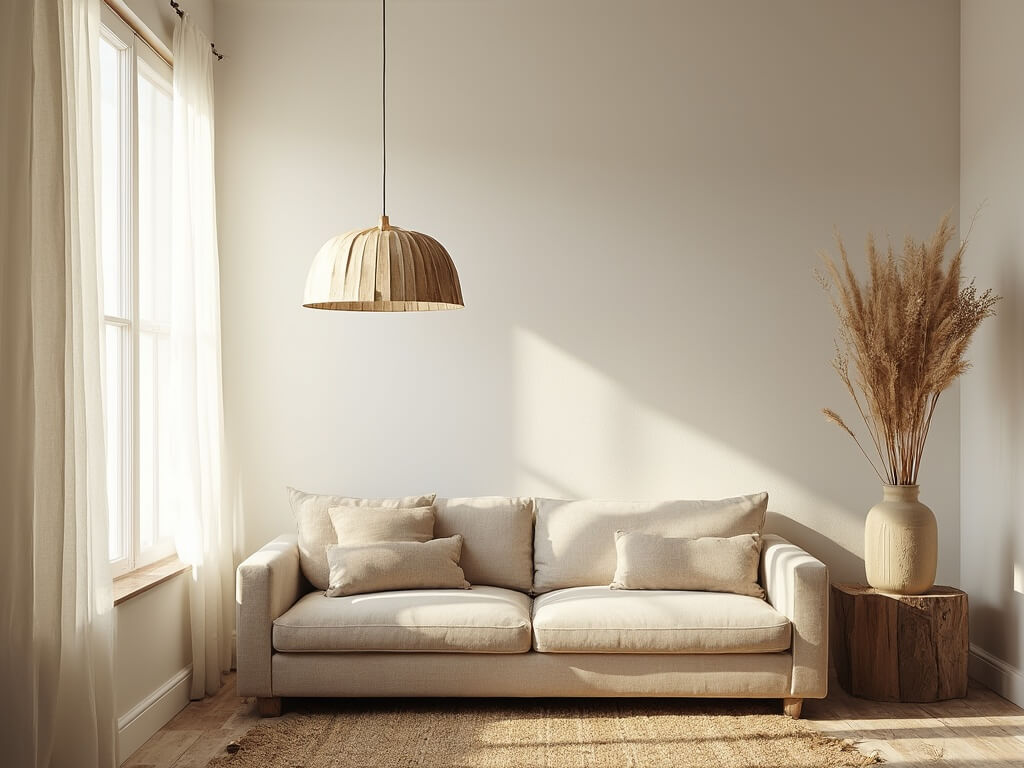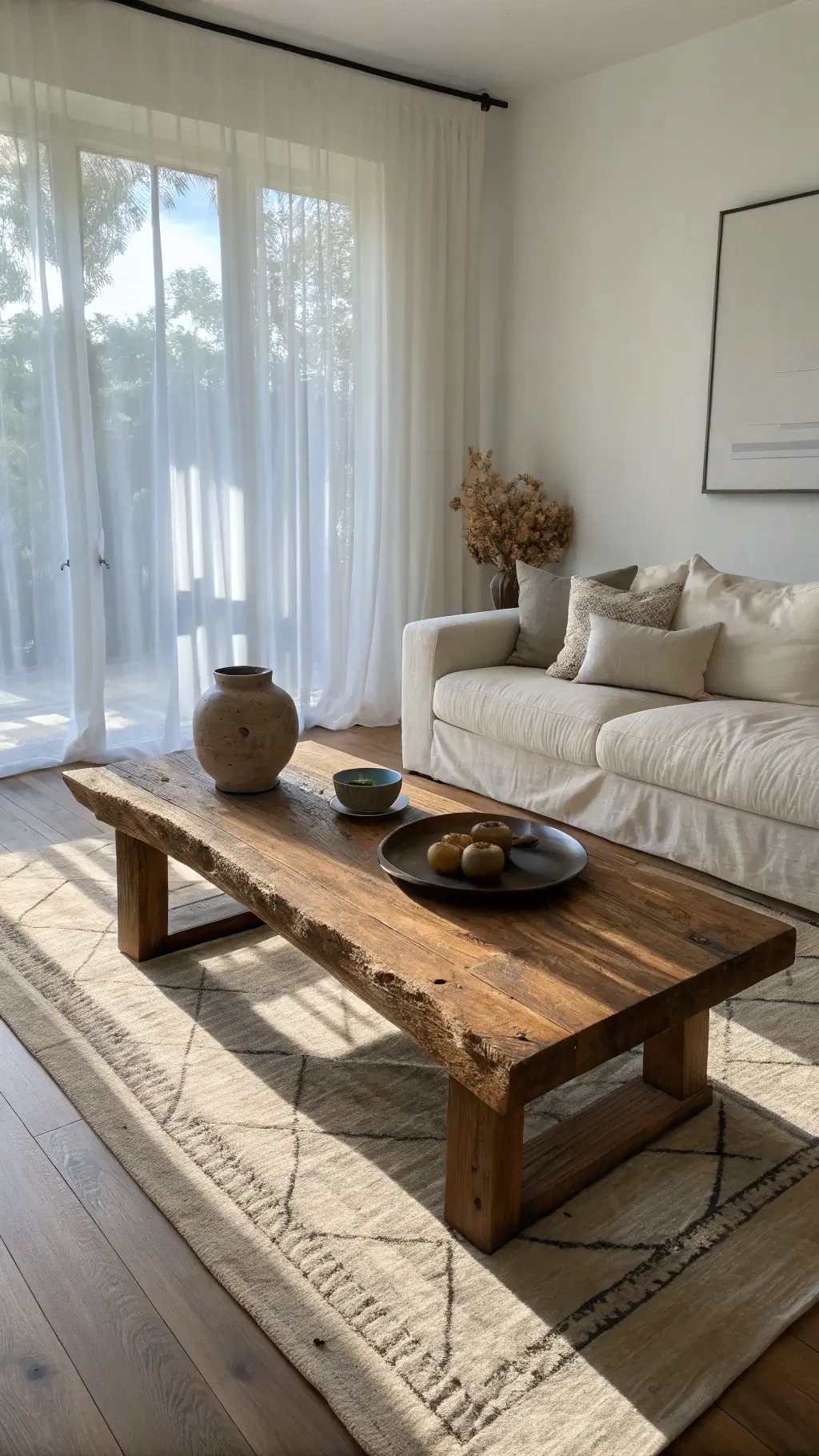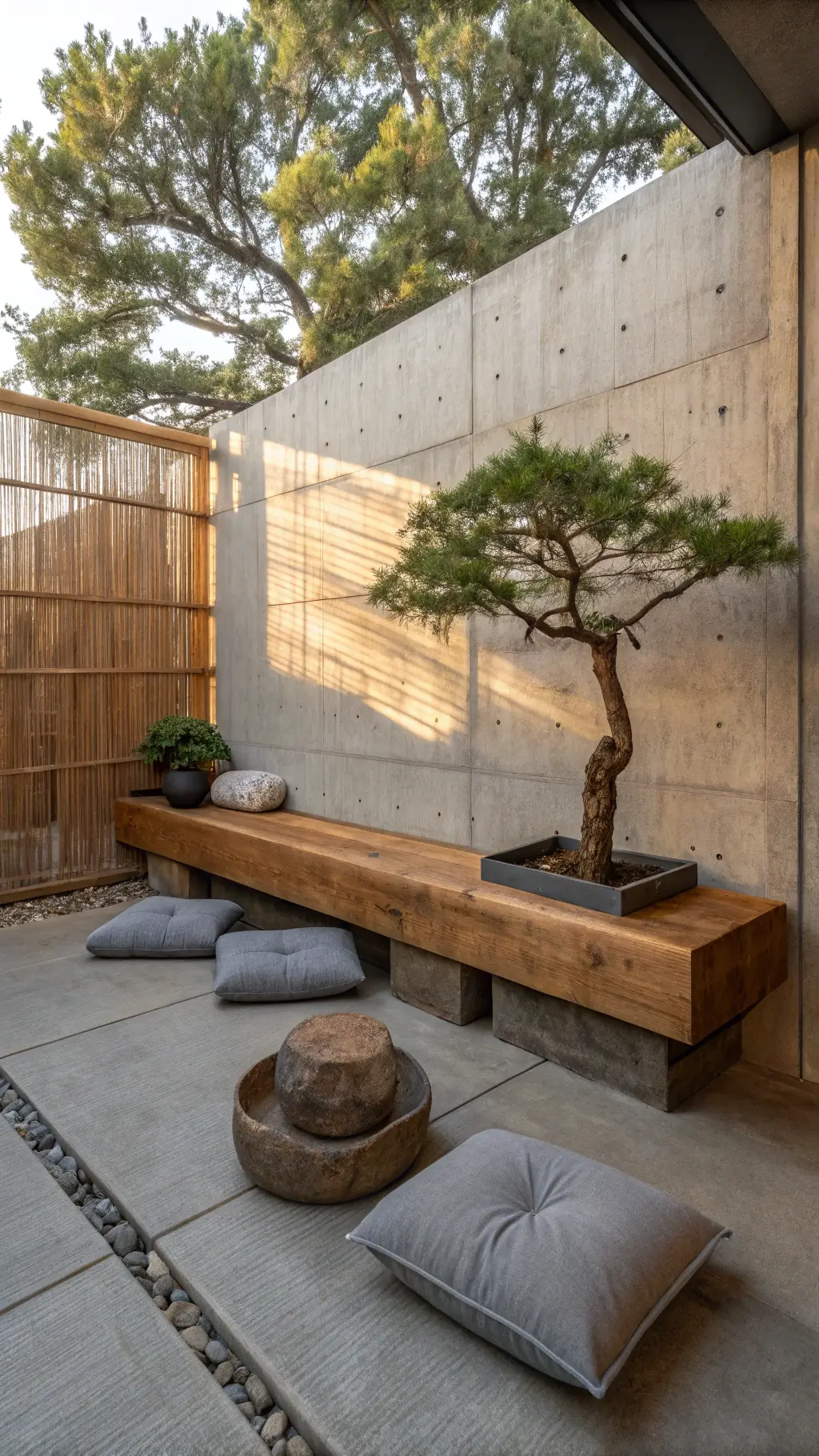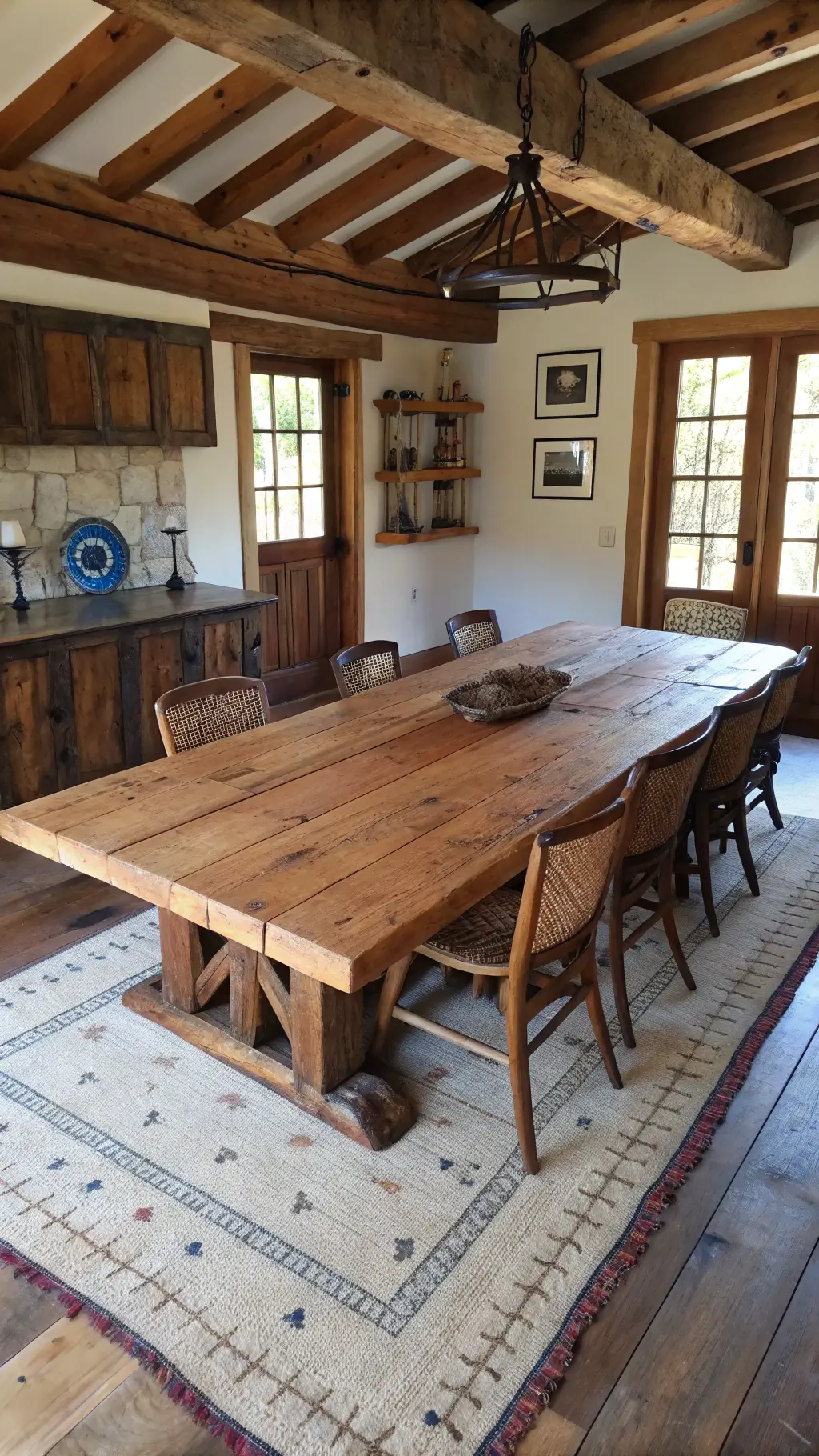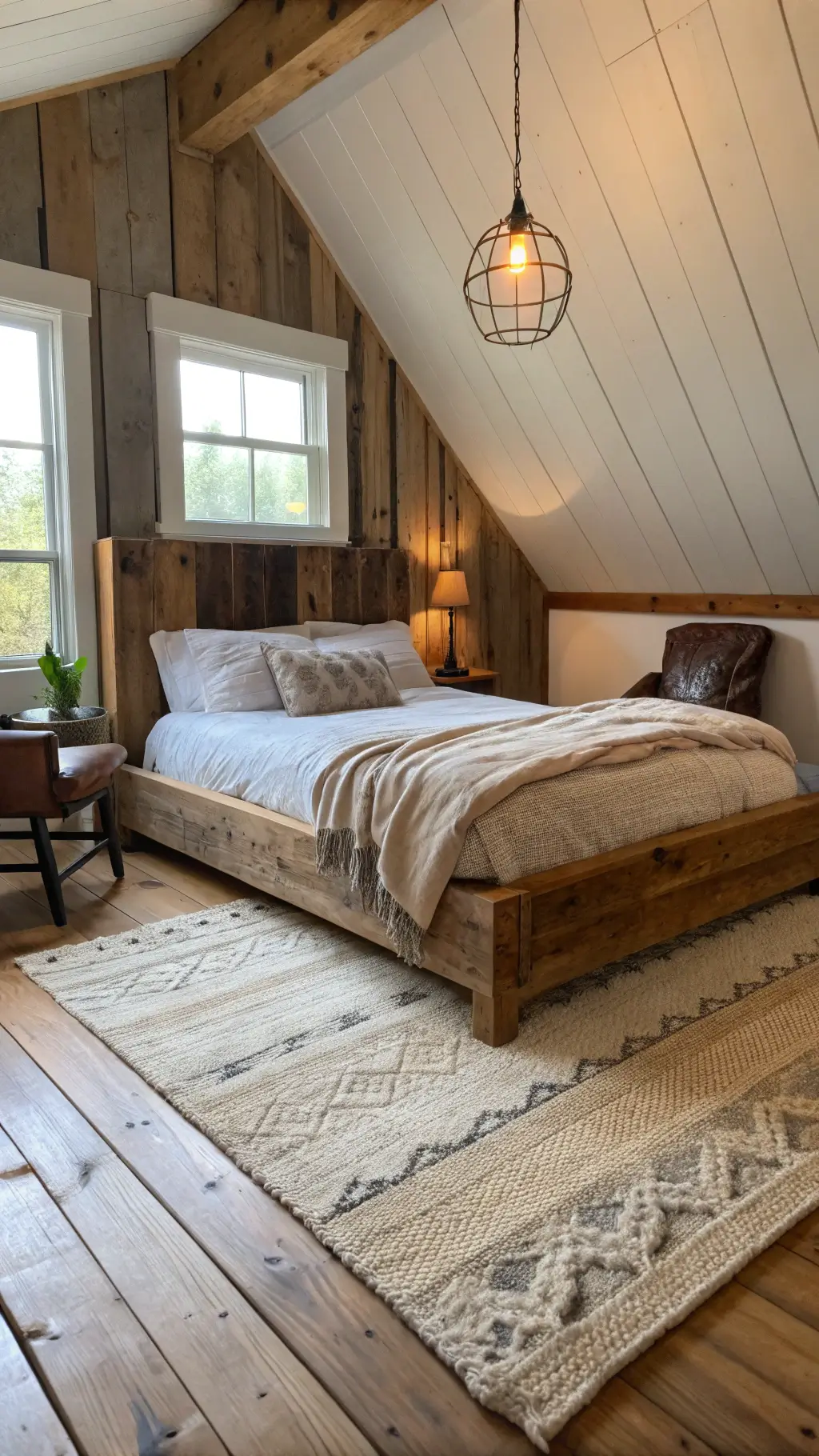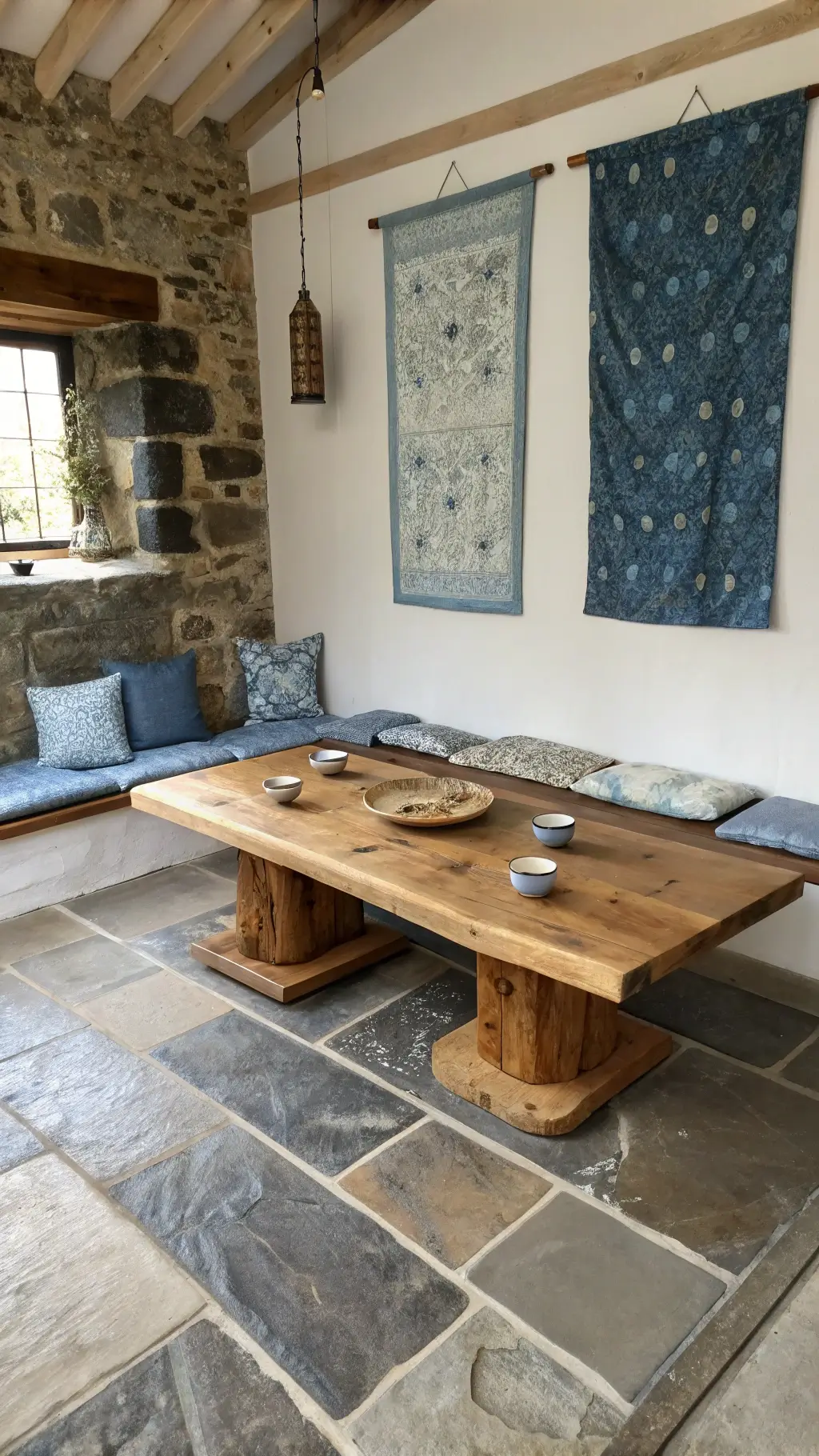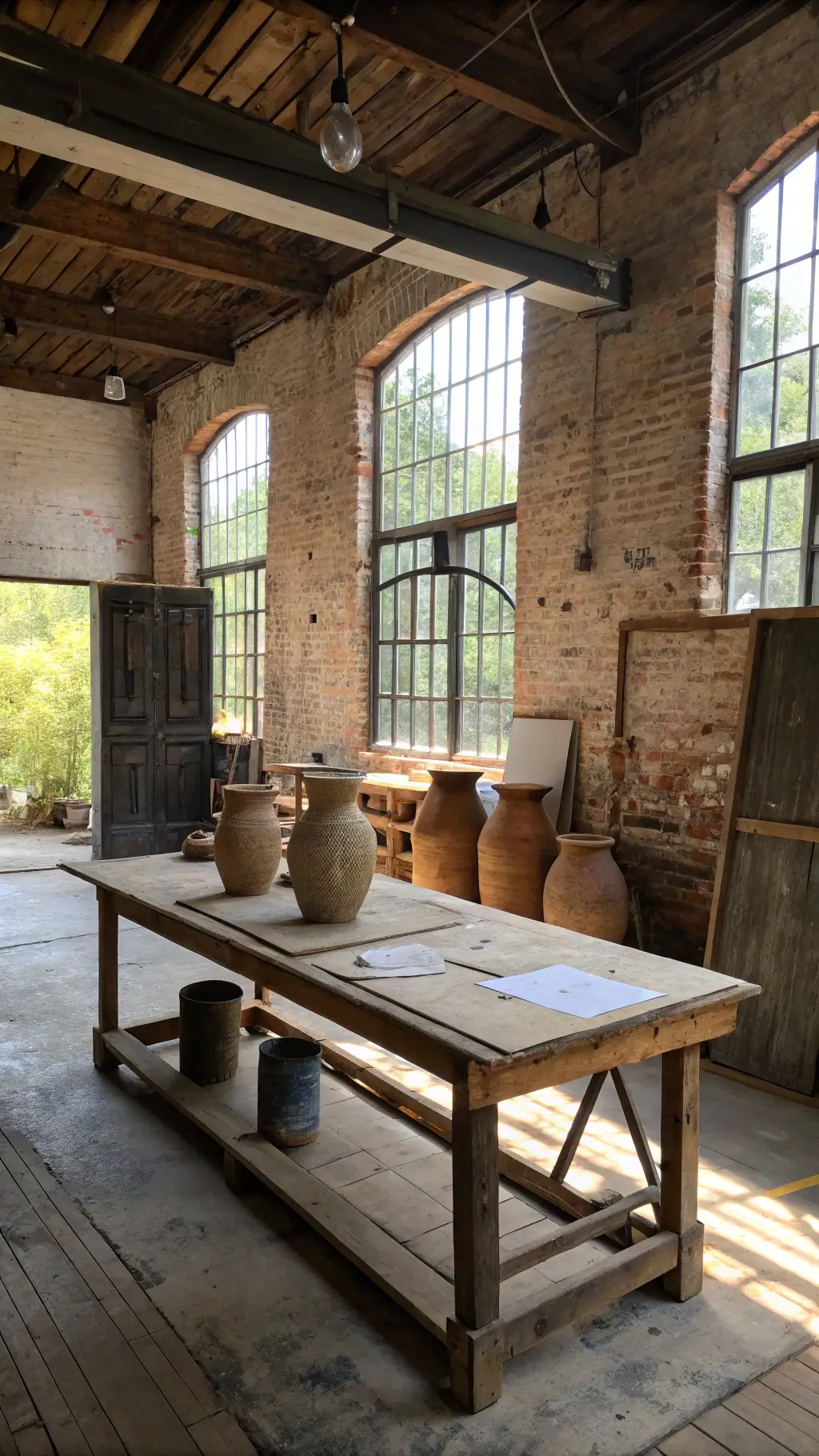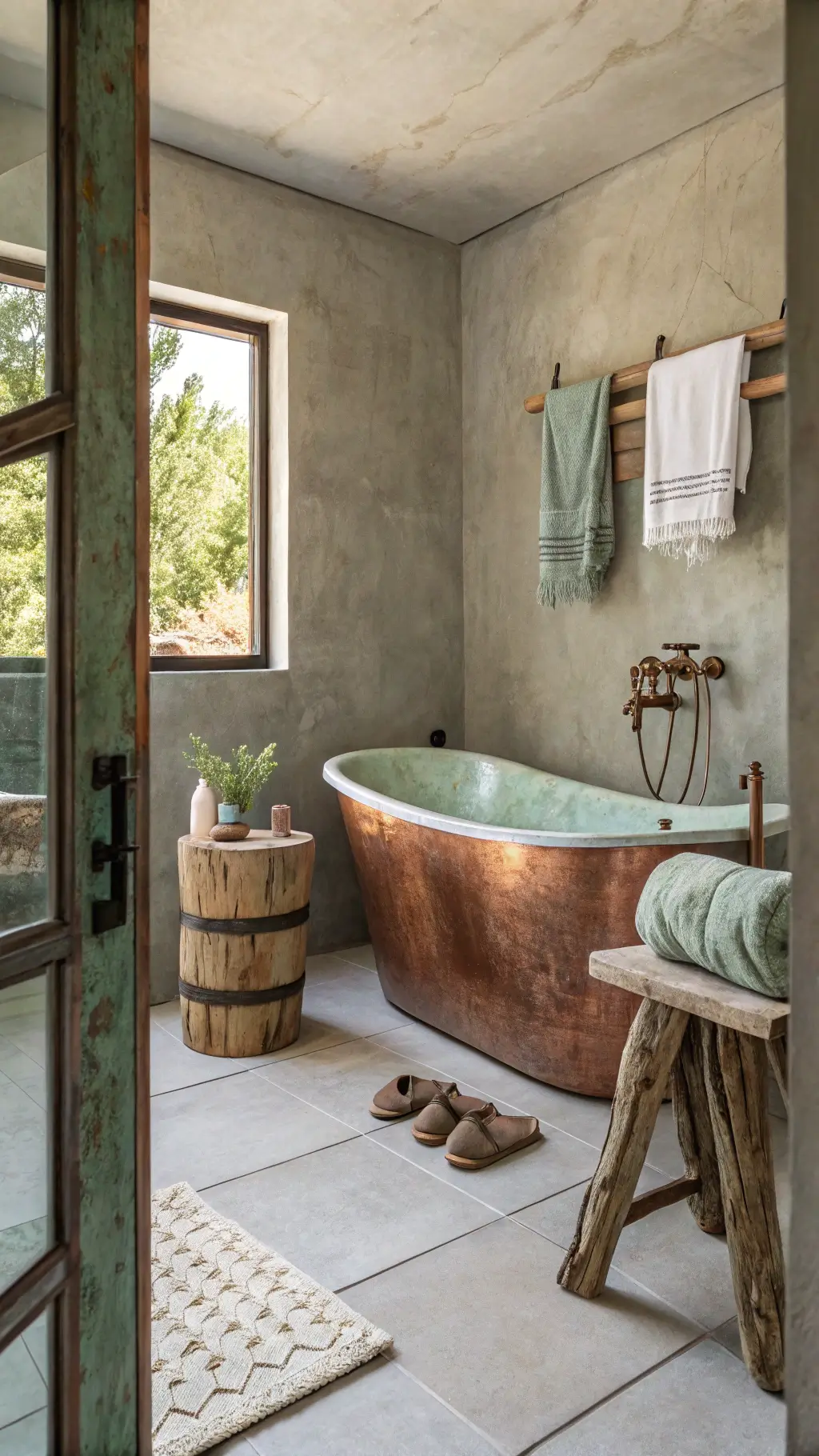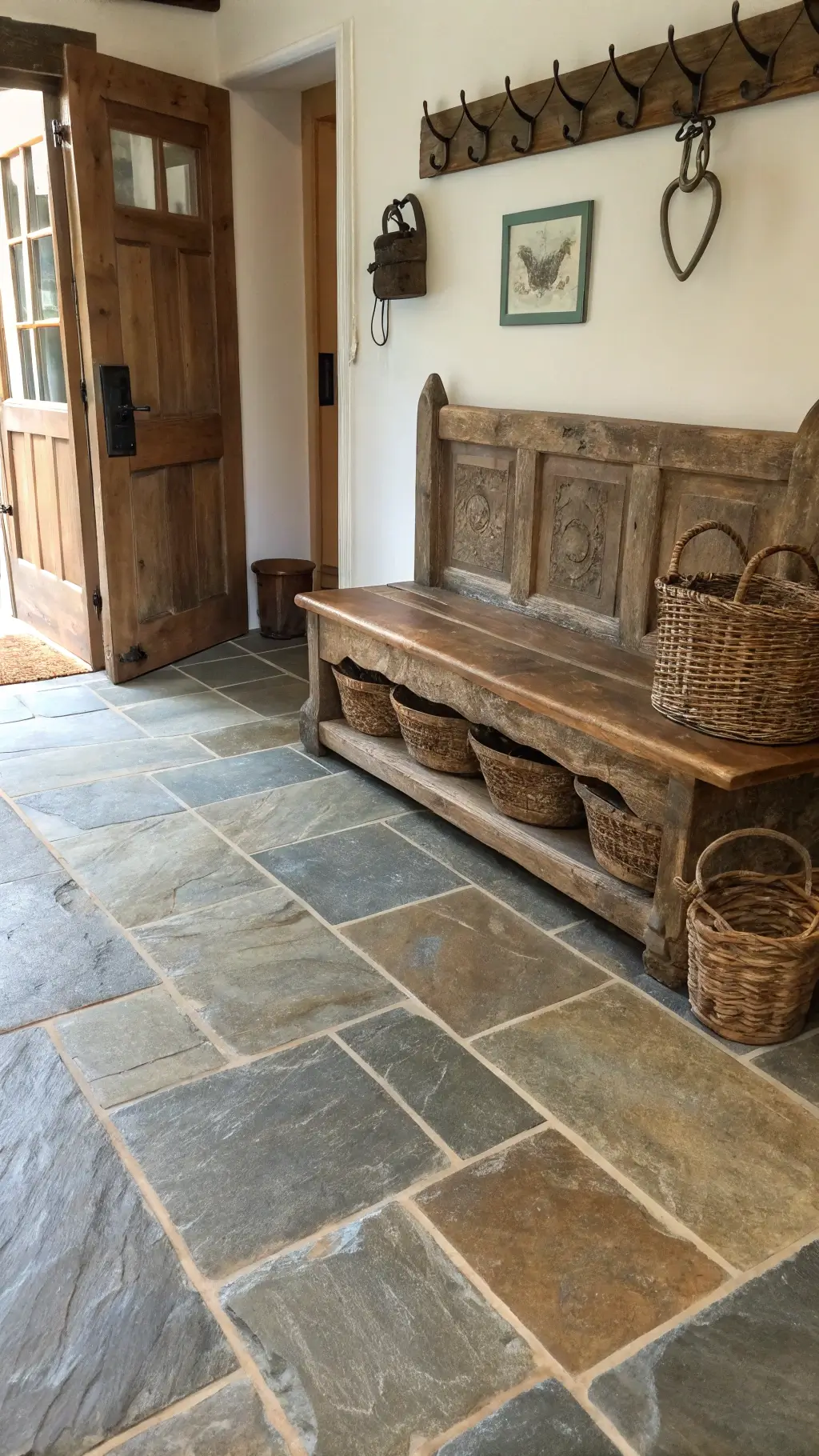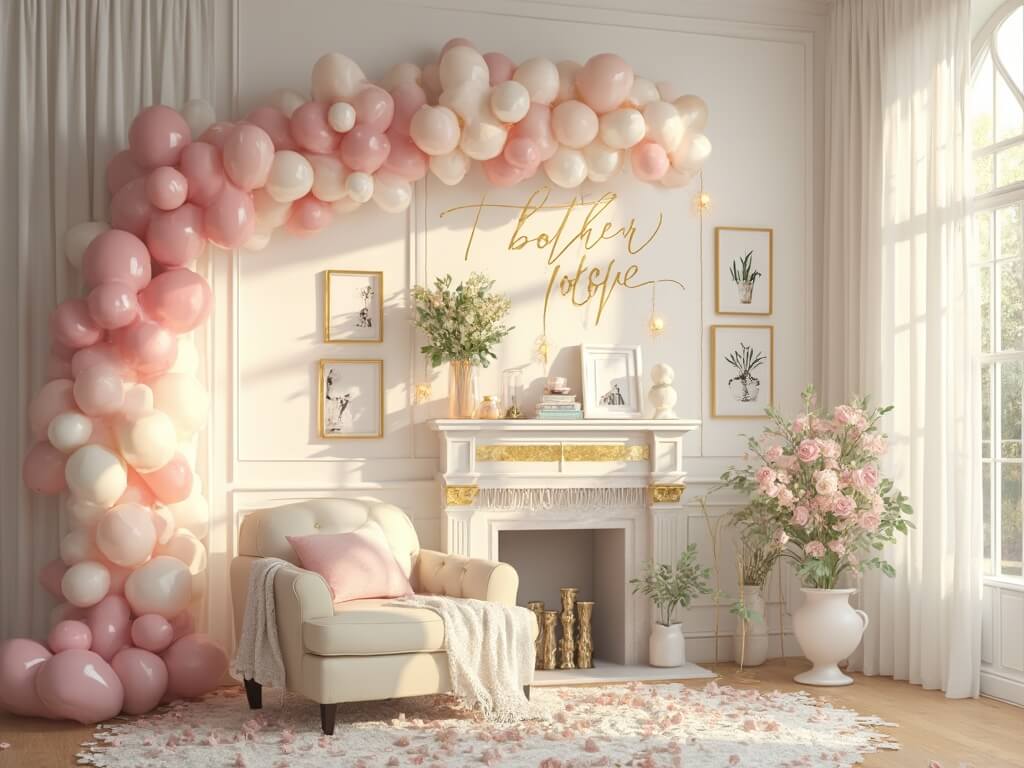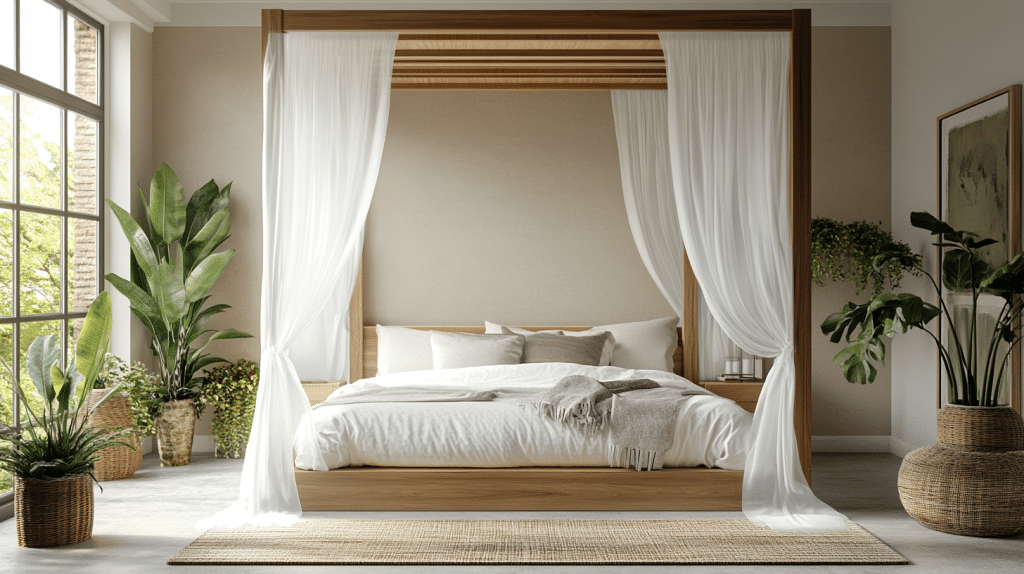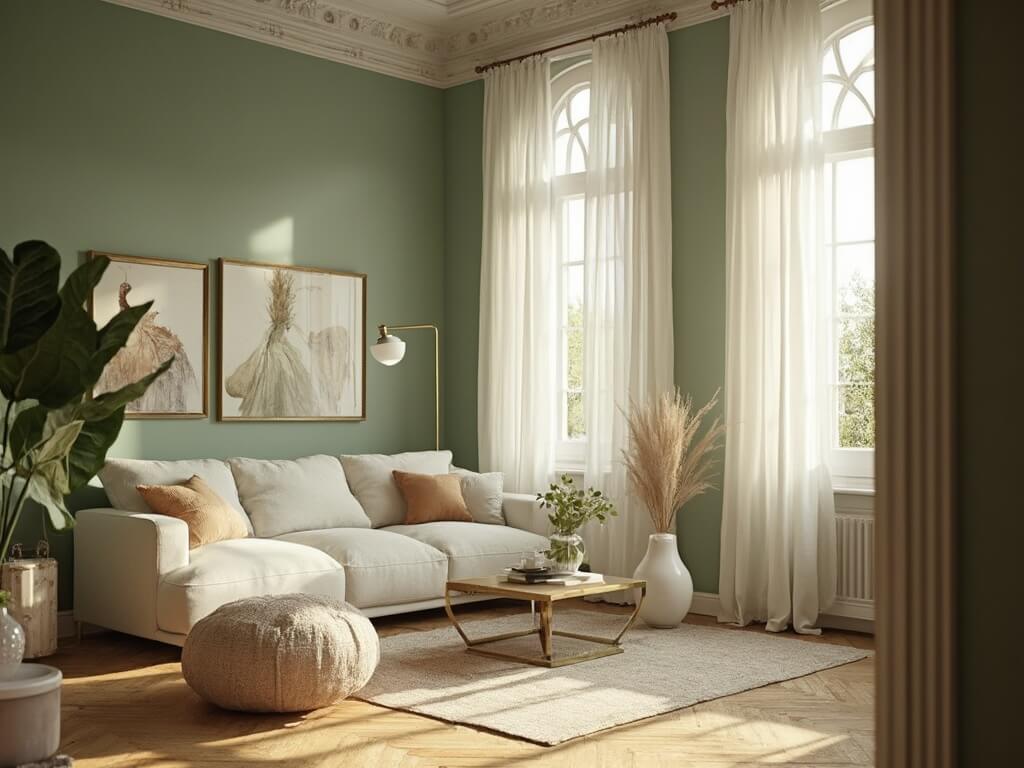What is Wabi Sabi Furniture?
Wabi Sabi is more than just a furniture style—it’s a radical approach to design that celebrates imperfection, authenticity, and natural beauty. Imagine walking into a space that feels like a deep breath of fresh mountain air.
Why Wabi Sabi Matters
Traditional design says: Everything must be perfect, symmetrical, and flawless.
Wabi Sabi says: Embrace the cracks, the asymmetry, the natural wear that tells a story.
Key Characteristics of Wabi Sabi Furniture
1. Materials That Speak Volumes
Natural materials that tell a story:
- Solid wood with visible grain
- Stone with unique textures
- Hand-woven linens
- Reclaimed materials with history
2. Design Philosophy: Less is Absolutely More
Wabi Sabi furniture is about:
- Minimalist silhouettes
- Intentional simplicity
- Celebrating craftsmanship
- Rejecting mass-produced perfection
How to Incorporate Wabi Sabi in Your Space
Styling Tips for Beginners
Quick wins for your home:
- Choose furniture with visible craftsmanship
- Stick to neutral, earthy color palettes
- Mix textures like rough wood with soft linens
- Leave some empty space—breathe, darling!
Must-Have Pieces
Wabi Sabi Essentials:
- Handcrafted wooden dining table
- Ceramic vases with organic shapes
- Linen throws in muted tones
- Rustic wooden benches
Who Should Embrace Wabi Sabi?
Perfect for:
- Minimalists with soul
- Those seeking calm in chaotic times
- Design lovers who appreciate authenticity
- People tired of Instagram-perfect interiors
Price Points: From Accessible to Artisan
Budget Ranges:
- Budget-friendly: $100-$500
- Mid-range: $500-$2,000
- Artisan pieces: $2,000-$10,000+
Common Misconceptions
Myth: Wabi Sabi means ugly or unfinished.
Reality: Wabi Sabi celebrates intentional, beautiful imperfection.
Where to Find Wabi Sabi Furniture
Shopping Destinations:
- Specialty Japanese design stores
- Artisan markets
- Online platforms like Etsy
- Local craftspeople and woodworkers
Final Thoughts
Wabi Sabi isn’t just furniture—it’s a lifestyle. It’s about finding beauty in the worn, the aged, the imperfect. It’s giving your space permission to breathe, to tell a story, to be authentically itself.
Pro Tip: Start small. One perfectly imperfect piece can transform your entire approach to design.
Recommended Reading
- “Wabi Sabi: Japanese Wisdom for a Perfectly Imperfect Life” by Beth Kempton
- “The Beauty of Imperfection” by Leonard Koren
Remember: In a world of mass production, your home should be a sanctuary of authenticity.

